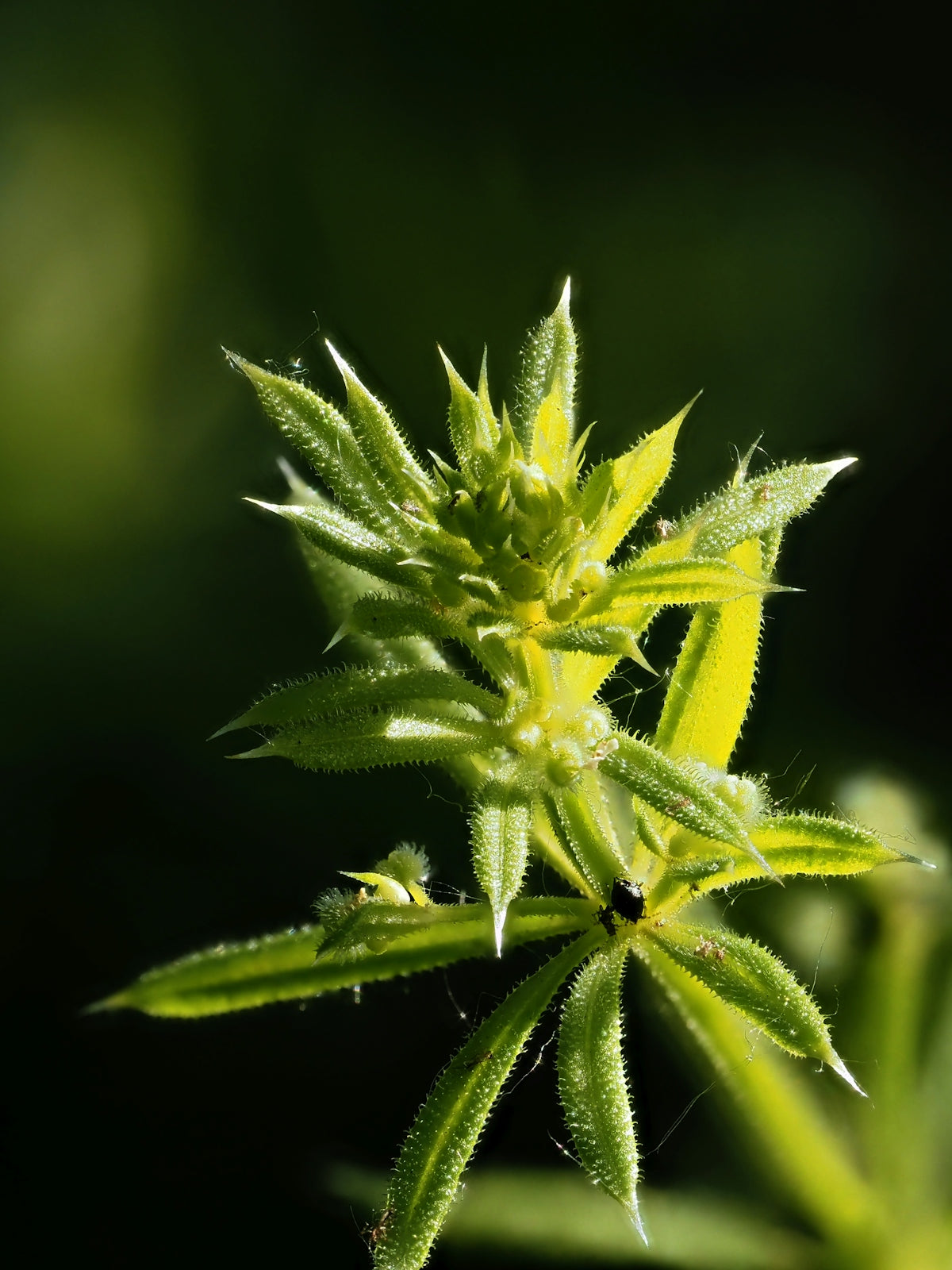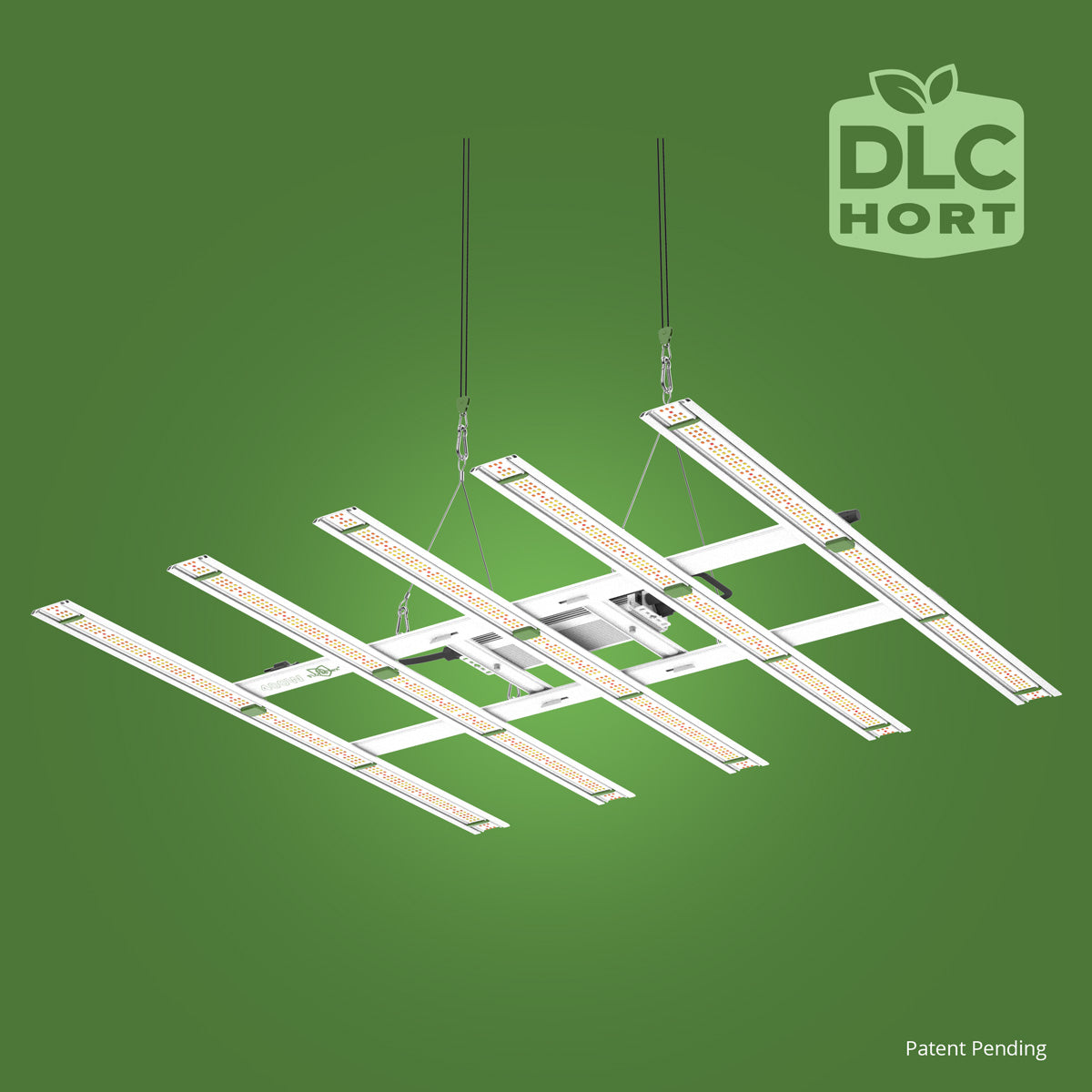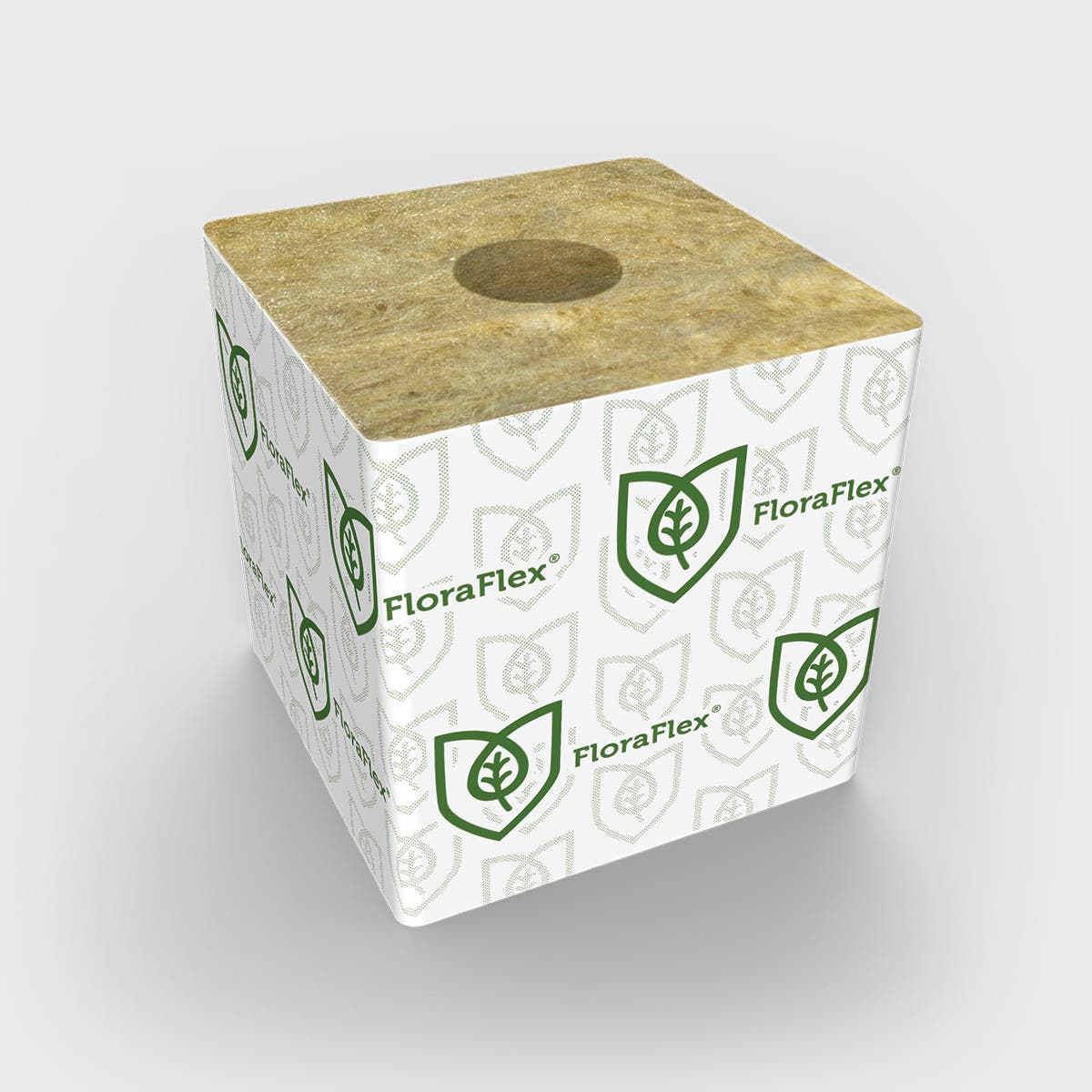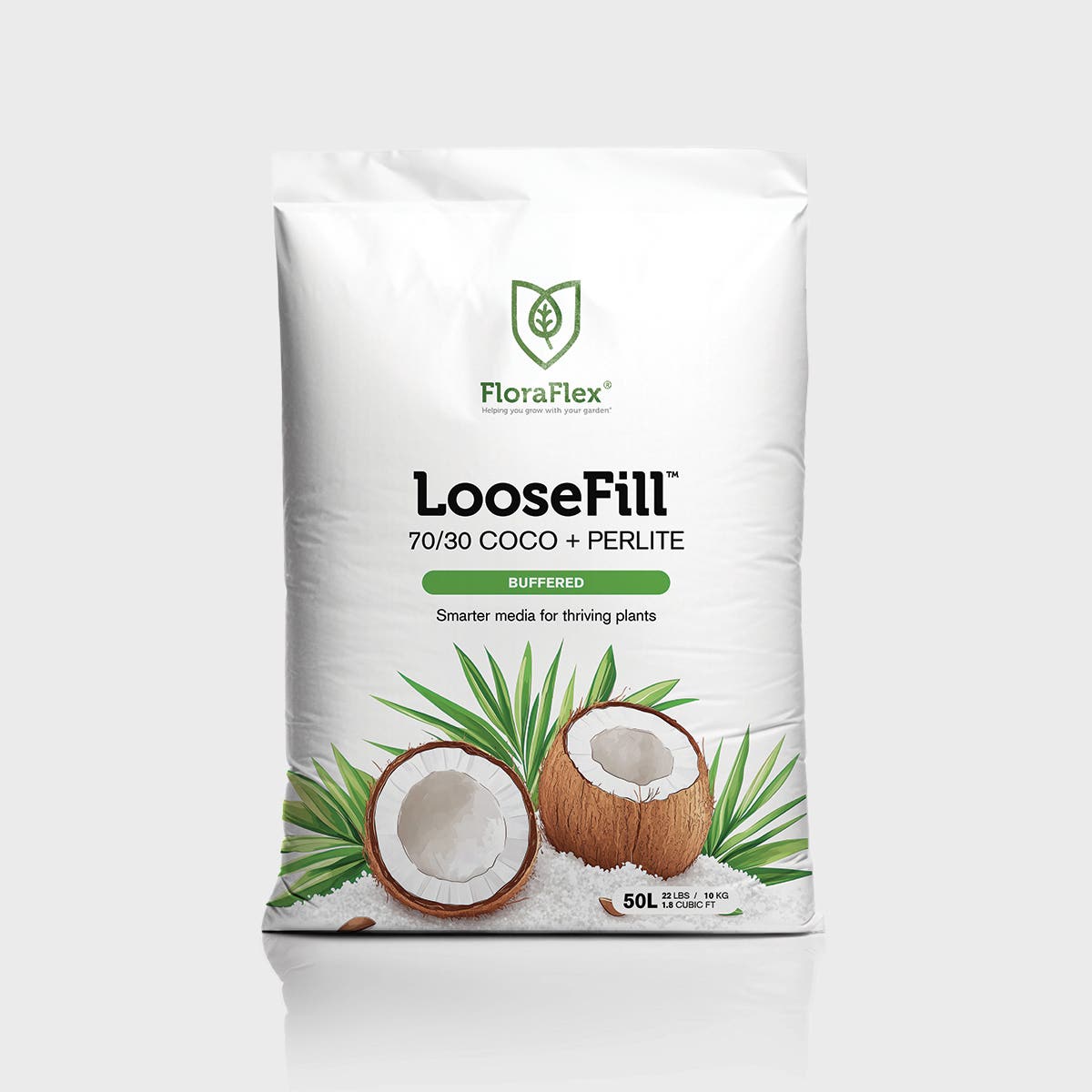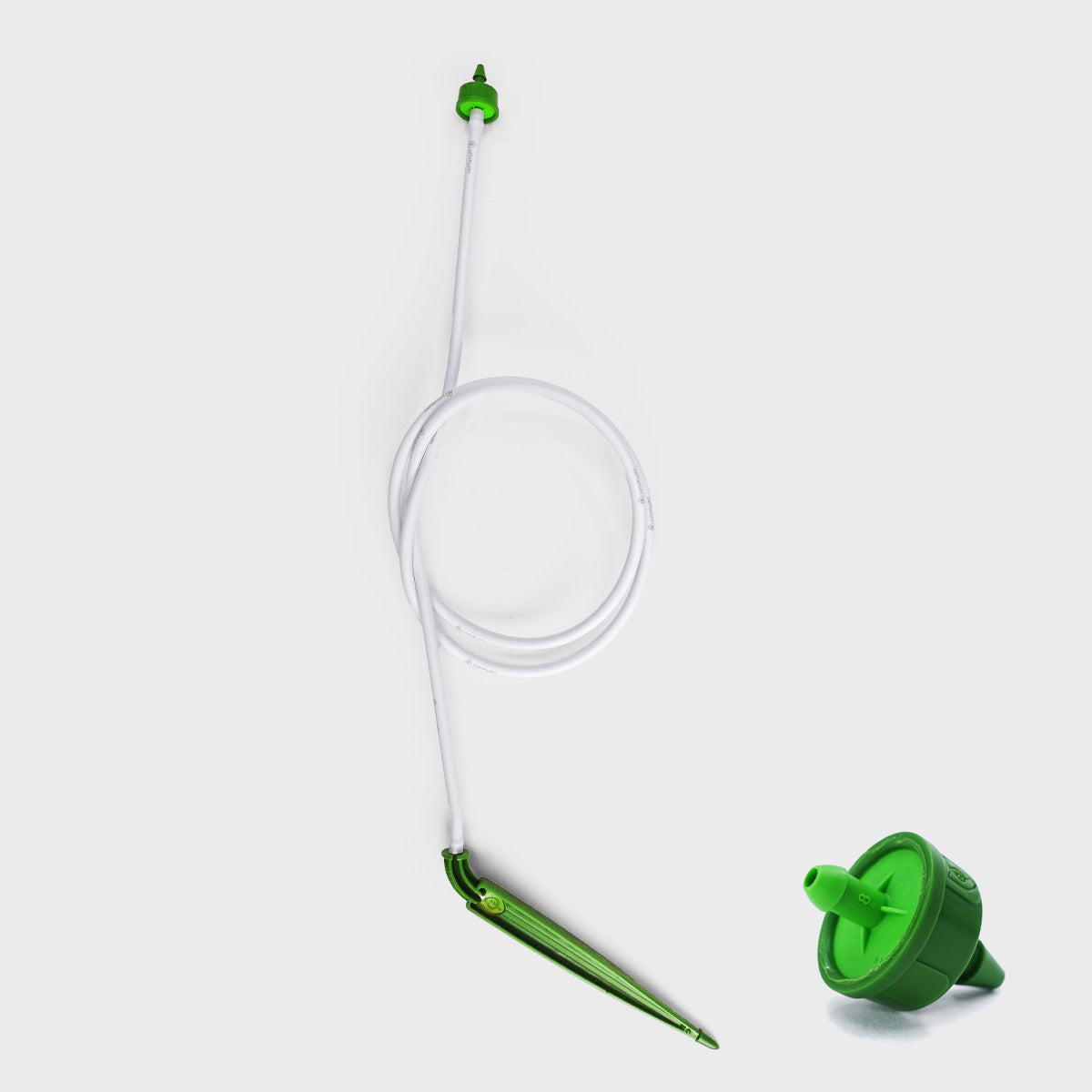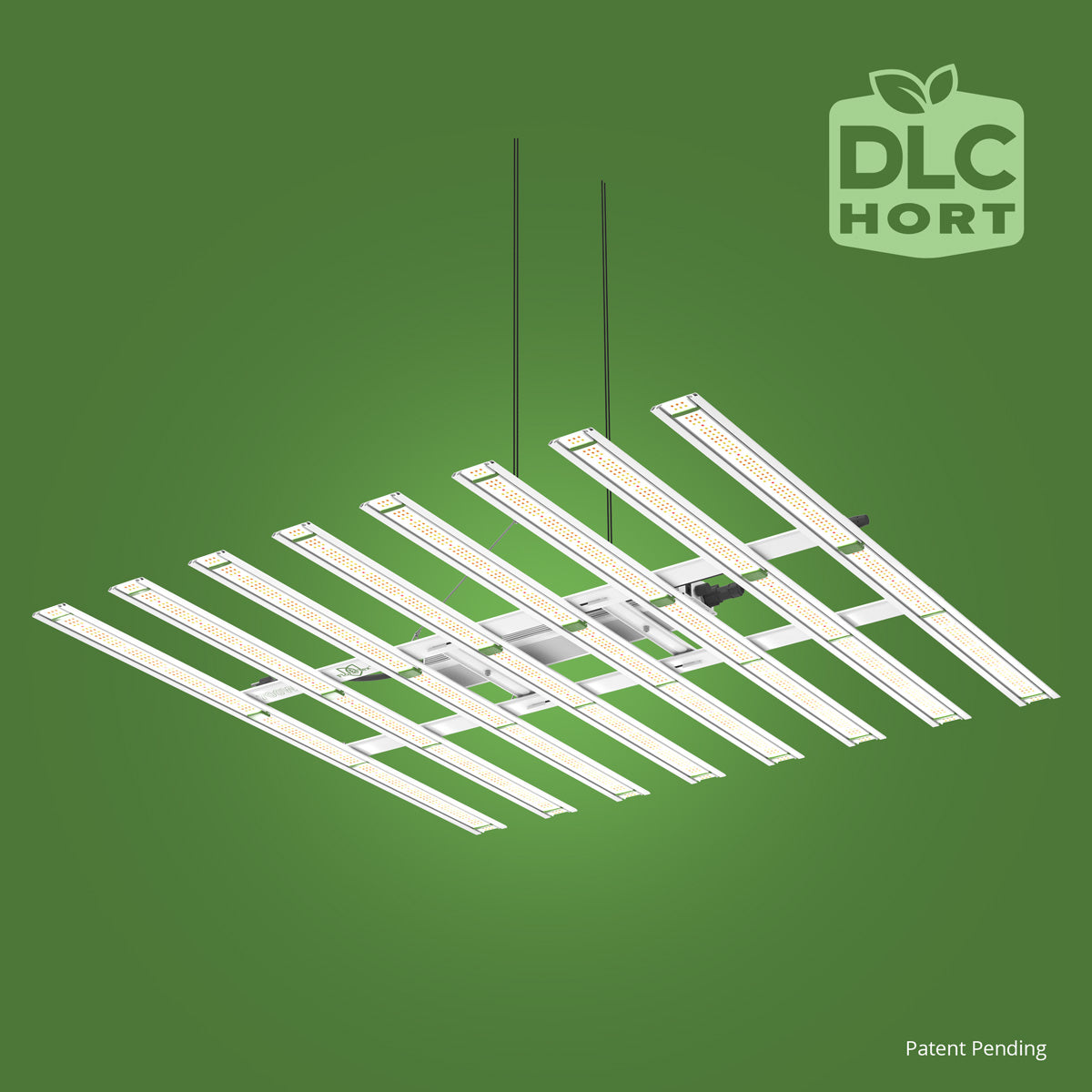Cannabis cultivation, whether for personal use or commercial purposes, requires meticulous attention to detail to ensure optimal growth and yield. One of the most critical aspects of this process is pest management. Pests can cause significant damage to cannabis plants, leading to reduced yields and compromised quality. Traditional pest control methods can sometimes be harmful to the environment and the end product. This is where Integrated Pest Management (IPM) comes into play.
IPM is a comprehensive approach to pest control that combines different strategies and practices to manage pest populations efficiently. It's an environmentally friendly way to tackle the problem without relying solely on chemical pesticides. In this article, we'll provide persuasive reasons to incorporate IPM into your cannabis garden, ensuring you produce healthy, high-quality plants.
1. Environmentally Friendly
One of the primary benefits of IPM is its focus on minimal impact on the environment. Unlike traditional pest control methods that heavily rely on chemical pesticides, IPM encourages the use of mechanical, cultural, biological, and chemical methods, in that order of preference. By using techniques such as crop rotation, predators, or barriers, you can reduce the need for chemicals significantly.
2. Promotes Plant Health
IPM is not just about controlling pests; it's also about promoting overall plant health. Healthy cannabis plants are naturally more resilient against pests and diseases. IPM strategies typically involve managing soil health, proper watering, and adequate spacing, all of which contribute to robust plant growth.
Consider using products like the 6" FloraFlex Wool (Basalt Derived) to enhance root development and optimize nutrient uptake. Healthy roots lead to more vigorous plants, which can better withstand pest pressures.
3. Cost-Effective
While the initial implementation of an IPM program might require an investment in time and resources, it can be more cost-effective in the long run. By preventing pests proactively rather than reacting to infestations, you save on costly emergency treatments. Additionally, an effective IPM plan limits the damage pests can cause, protecting your crop's yield and quality.
4. Reduces Chemical Resistance
Frequent use of chemical pesticides can lead to pests developing resistance over time, rendering the chemicals ineffective. IPM's strategic combination of different pest control methods targets vulnerabilities in pest life cycles, reducing the chance that pests will develop resistance. This approach ensures the long-term effectiveness of your pest management strategies.
5. Compliance with Regulations
As the cannabis industry becomes more regulated, growers are held to higher standards in terms of environmental impact and pesticide residue on plants. IPM provides a framework that helps you comply with such regulations, ensuring your product meets quality and safety standards.
6. Enhances Biodiversity
IPM encourages the use of biological controls, such as beneficial insects, to manage pest populations. This practice enhances the biodiversity in your cannabis garden, creating a more balanced ecosystem. By fostering beneficial insects, you naturally keep pest populations in check, reducing the need for chemical interventions.
7. A Holistic Approach
IPM takes a holistic view of pest management by addressing the root causes of pest issues rather than just treating the symptoms. This approach involves continual monitoring and assessment, allowing you to make informed decisions based on real-time data. Through strategies such as regular plant inspections and setting pest threshold levels, you can maintain control over your garden's health.
8. Improves Crop Yield and Quality
Healthy plants free from pest infestations inevitably lead to better yields and higher-quality products. By preventing pest problems before they start, IPM ensures that your cannabis plants can focus their energy on growth and production rather than defense. The result is a more bountiful and premium crop.
Implementing IPM in Your Cannabis Garden
Starting an IPM program involves several key steps:
- Education: Understand the common pests and beneficial insects in your area.
- Monitoring: Regularly inspect your plants for signs of pests and diseases.
- Threshold Setting: Determine levels at which pest populations can be tolerated without significant harm.
- Control Strategies: Implement mechanical, cultural, biological, and, if necessary, chemical strategies to manage pests.
- Evaluation: Assess the effectiveness of your IPM plan and make necessary adjustments.
Conclusion
Integrated Pest Management offers a sustainable, effective, and holistic way to manage pests in your cannabis garden. By making it a part of your cultivation strategy, you protect the environment, promote plant health, and enhance your yield and product quality. For more information on cannabis cultivation products, visit FloraFlex's site.
Starting an IPM program doesn't just benefit your current crop—it sets the stage for sustainable, high-quality production in the future. The considerations and strategies outlined above are just a starting point; every garden is unique, and your IPM plan should be tailored to your specific conditions and goals. Happy growing!

